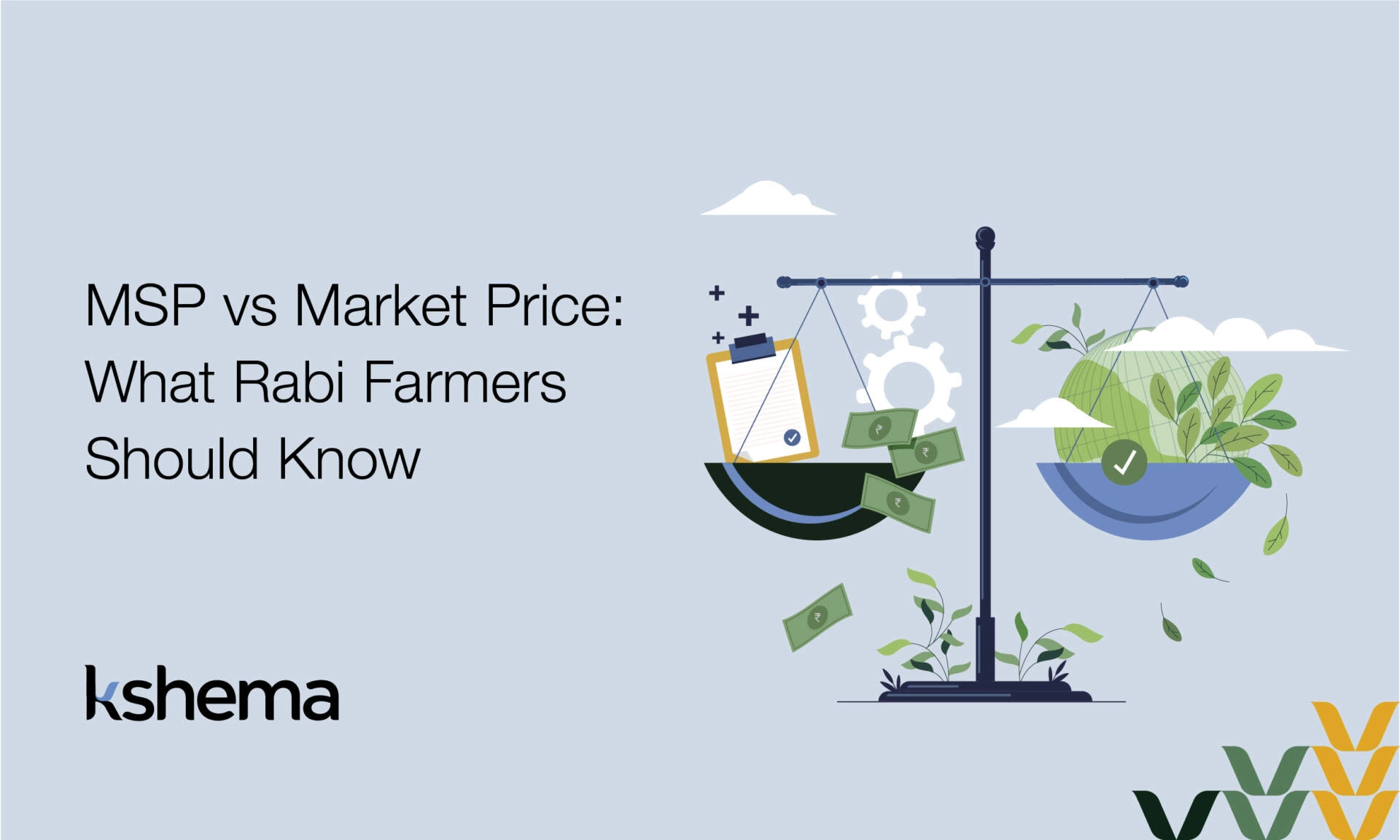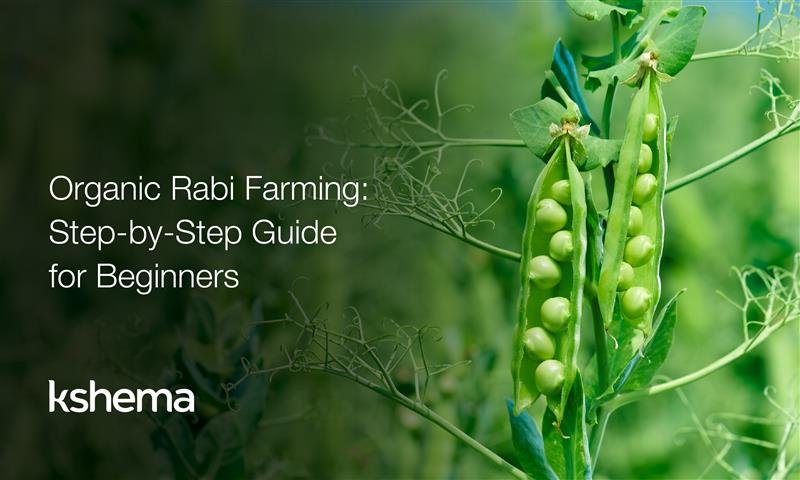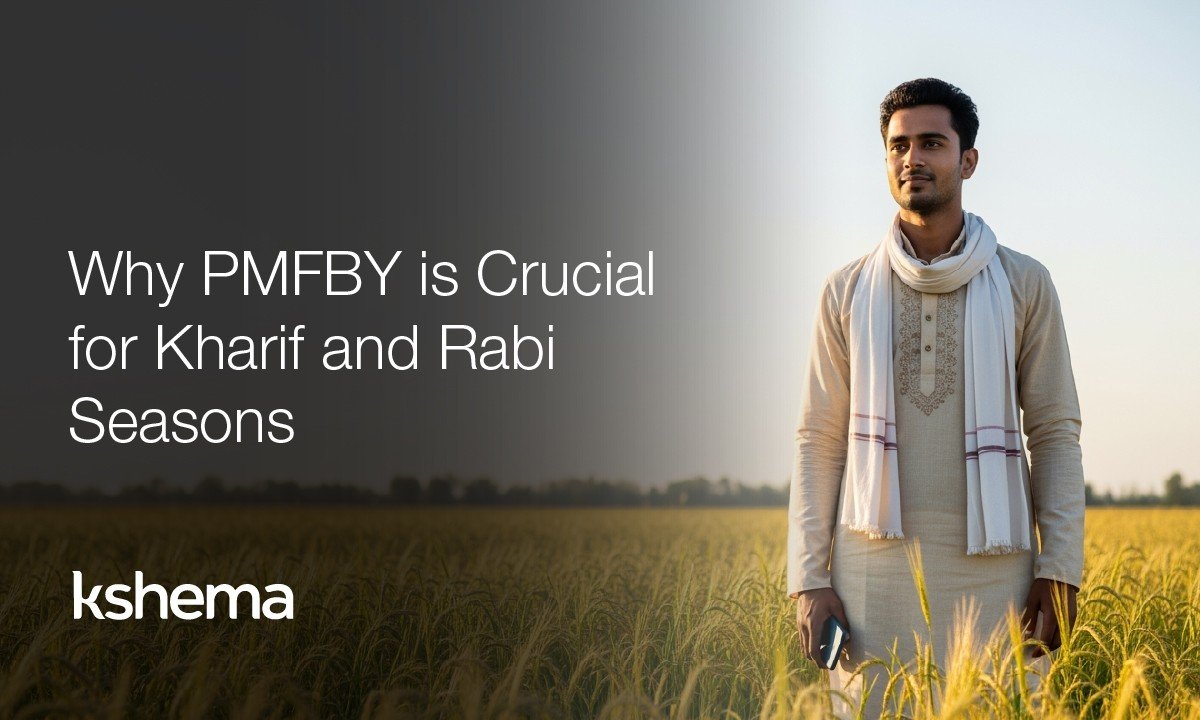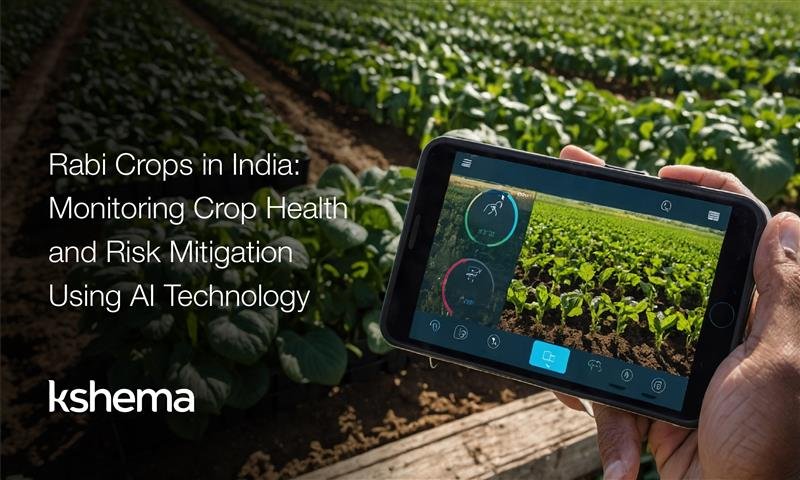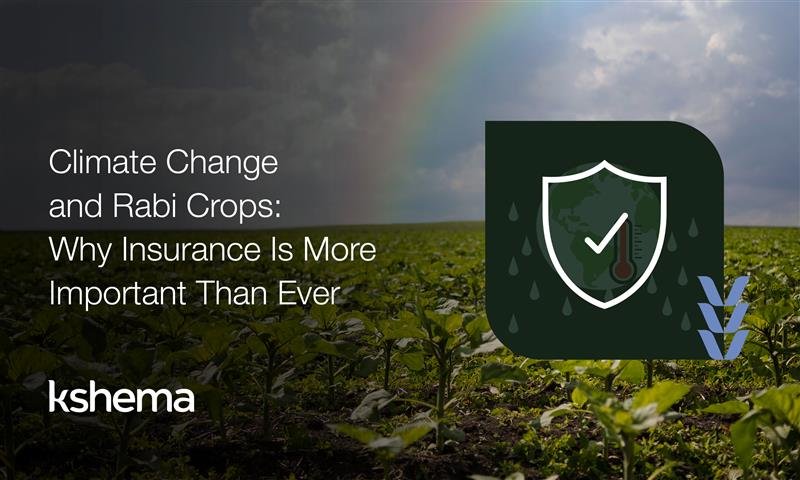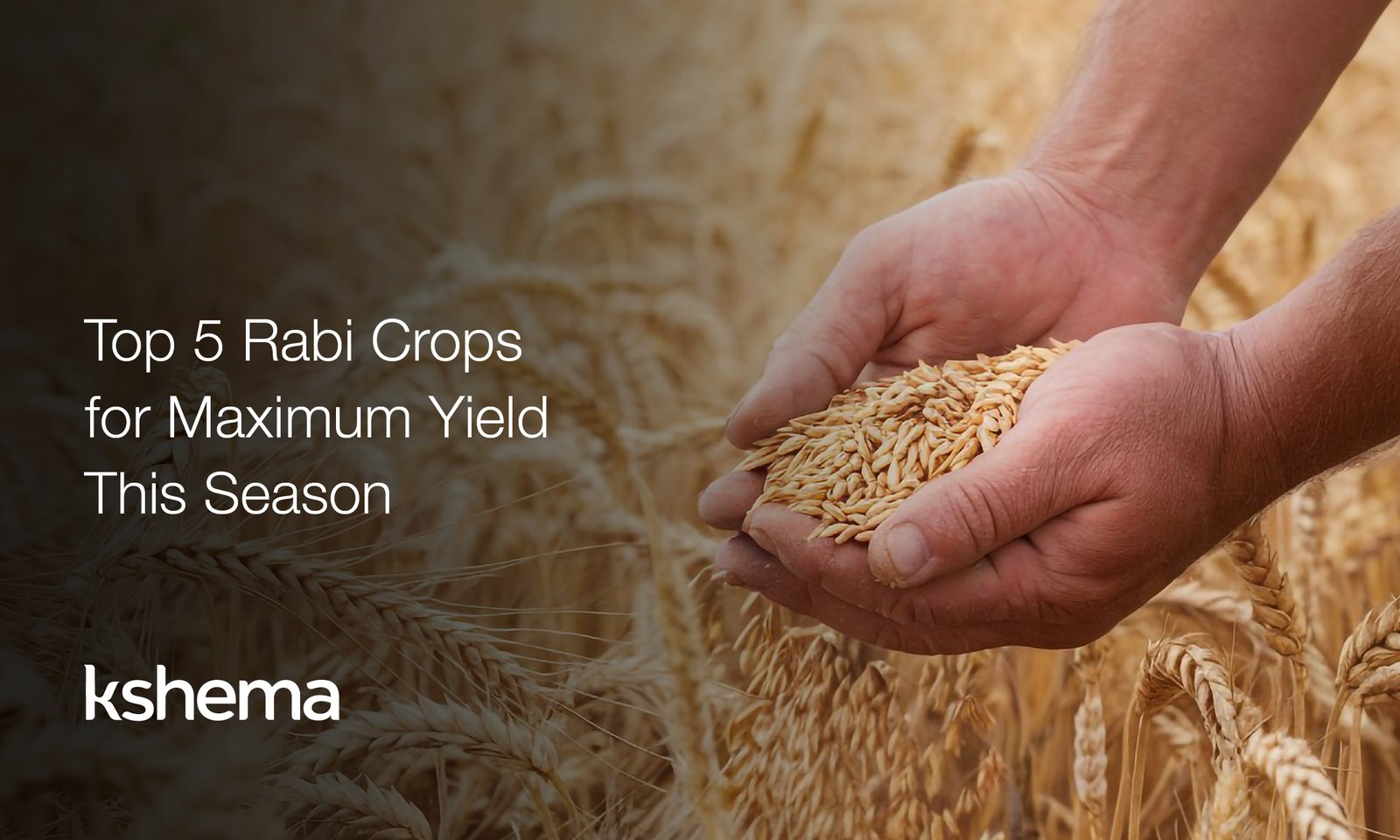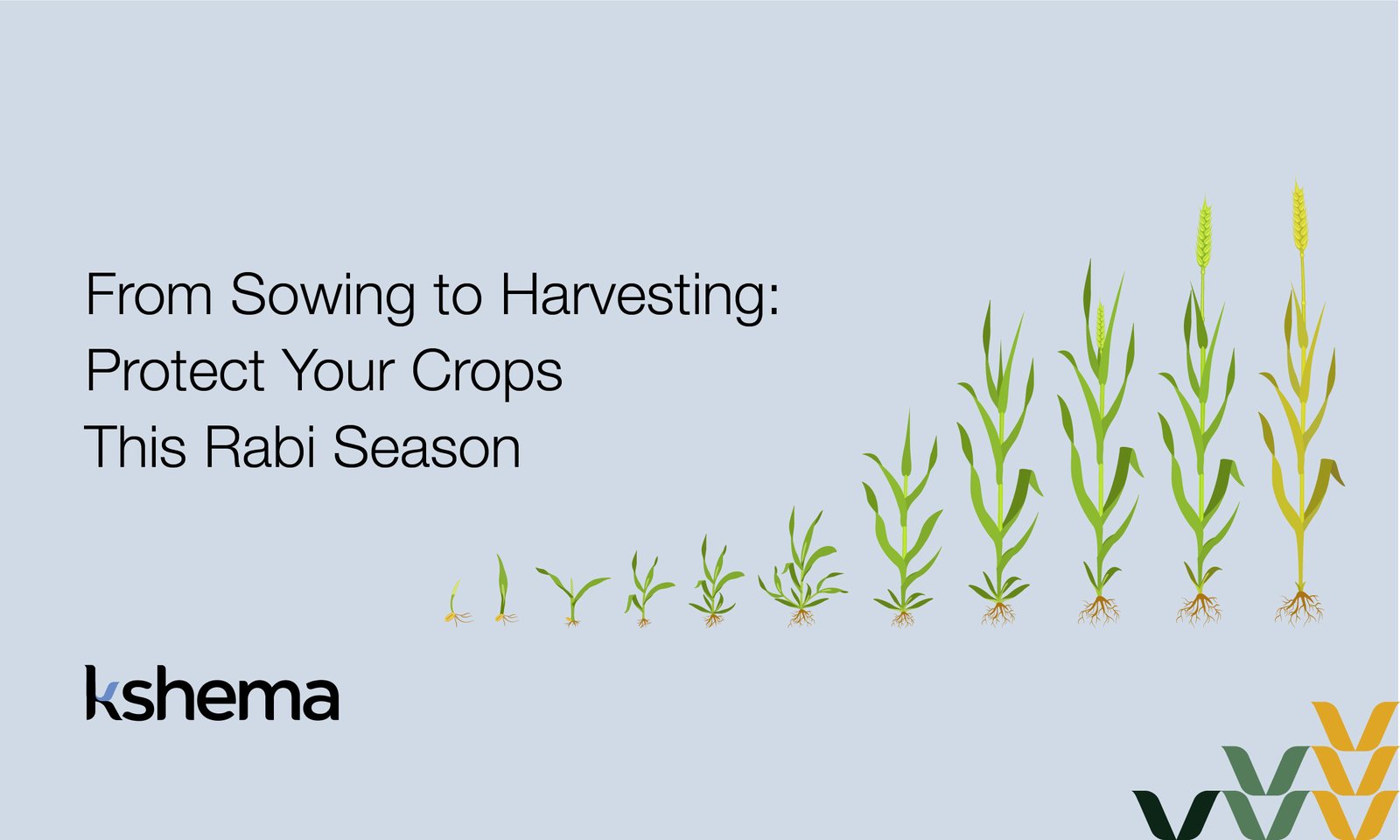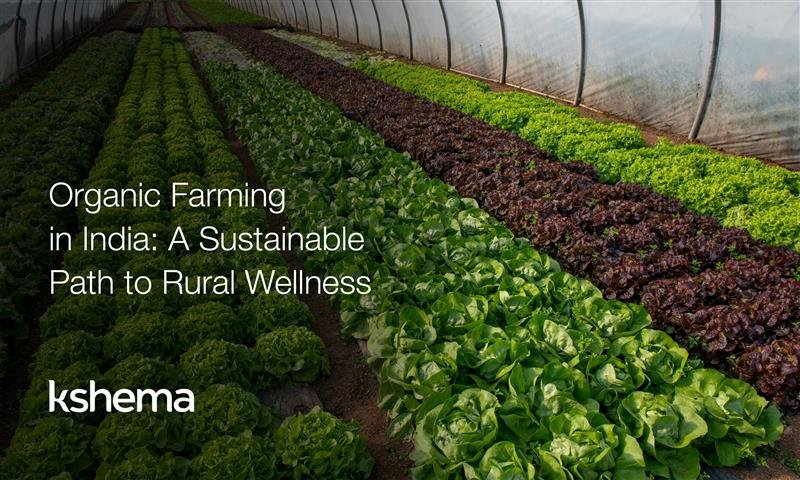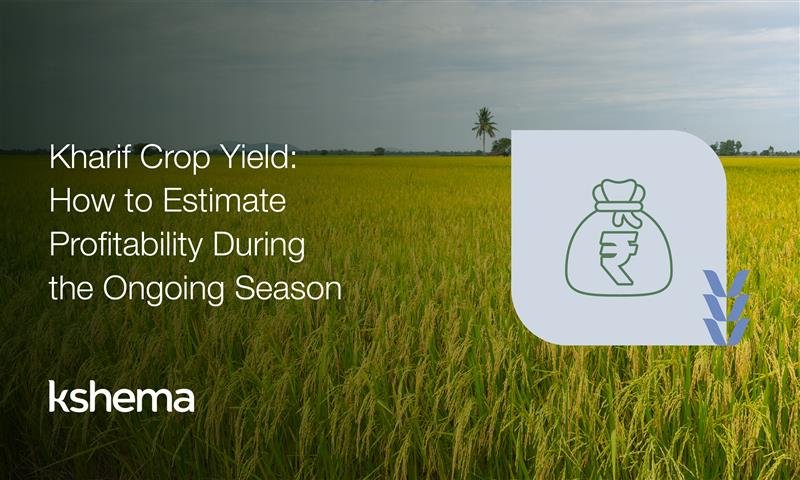Paddy Cultivation in India: Process, Seasons, and Insurance Tips
Paddy cultivation plays a pivotal role in India’s agriculture. It is the main crop of the Kharif season, which is essential to guarantee India’s food security. With nearly 50% of India’s population dependent on agriculture, mastering the best practices for paddy cultivation has never been more crucial. From choosing the right variety to climate adaptation strategies and securing crop insurance, this guide covers everything a farmer needs for a successful paddy seasons.
Why Paddy Cultivation Matters in India
India recently overtook China as the largest producer of rice in the world. Paddy cultivation is not only important for food security of the country but it also forms the backbone of rural livelihoods. It is primarily grown during the Kharif season (June to October), though Rabi paddy is also cultivated in specific regions.
Due to changing climate patterns, water scarcity, and pest outbreaks, farmers must adopt sustainable and climate-smart paddy cultivation practices to ensure both yield and income stability.
Top Paddy Cultivation Zones in India
- Eastern States: West Bengal, Odisha, Assam, Bihar
- Southern States: Andhra Pradesh, Telangana, Tamil Nadu, Karnataka
- Northern States: Punjab, Haryana, Uttar Pradesh
- North-Eastern Hills: Arunachal Pradesh, Manipur, Nagaland, and Tripura
Climate Requirements for Paddy Cultivation
- Temperature: 20°C to 35°C
- Rainfall: 100–200 cm (well-distributed)
- Soil: Fertile alluvial, clayey loam, and deep soils with good water retention
- Water: Requires standing water for major growth stages
Best Practices for Successful Paddy Cultivation
1. Seed Selection and Treatment
- Choose high-yielding, pest-resistant, or climate-resilient varieties suited to your region.
- Treat seeds with fungicides and biofertilisers to prevent early-stage infections.
2. Land Preparation
- Plough land 3–4 times and maintain a smooth levelled field for uniform water distribution.
- Ensure binding to avoid runoff and moisture loss.
3. Transplantation Techniques
- Use the SRI (System of Rice Intensification) method for improved yields with less water.
- Maintain appropriate spacing (20×20 cm) to allow better root and tiller development.
4. Water Management
- Avoid water stagnation in early vegetative stages.
- Maintain 2–5 cm standing water during active tillng and flowering.
- Practice Alternate Wetting and Drying (AWD) to conserve water.
5. Integrated Nutrient Management
- Apply Nitrogen, Phosphorus, and Potassium based on soil testing.
- Incorporate green manure, compost, and farmyard manure for long-term soil health
6. Pest and Disease Control
- Monitor regularly for brown planthopper, stem borer, blast, and sheath blight.
- Use integrated pest management (IPM) and minimise chemical pesticide use.
Climate-Smart Tips for Paddy Farmers
1. Use Weather-Based Advisory
- Subscribe to agri-weather alerts for sowing, irrigation, and pesticide scheduling.
2. Switch to Drought-Resistant Varieties
- Varieties like Sahbhagi Dhan and DRR Dhan 42 are suitable for water-scarce regions.
3. Adopt Direct Seeding of Rice (DSR)
- Reduces water usage, labour, and greenhouse gas emissions.
4. Practise Mulching and Crop Rotation
- Conserves soil moisture and reduces weed pressure in paddy fields.
Role of Crop Insurance in Paddy Cultivation
Paddy farmers are highly vulnerable to losses due to drought, floods, pest outbreaks, and cyclones. Crop insurance ensures financial stability in such cases.
Benefits of Crop Insurance for Paddy:
- Protection against natural calamities
- Coverage for pre-sowing to post-harvest stages
- Compensation for yield loss or crop damage
- Boosts confidence to invest in better practices
Using Technology to Enhance Paddy Cultivation with Kshema
Modern farming tools like drones, soil sensors, satellite imagery, and AI-powered platforms such as Kshema are revolutionising paddy cultivation in India. These tools offer:
By integrating Kshema’s digital solutions, farmers can adopt precision farming practices that not only improve yield but also reduce costs. Kshema also connects farmers with government schemes and insurance products tailored to their region, ensuring both financial safety and agronomic efficiency. Embracing technology through Kshema can truly transform paddy cultivation into a profitable and future-ready enterprise.
- Real-time crop health monitoring
- Pest and disease outbreak predictions
- Precision input usage
- Timely alerts on weather and insurance
By integrating Kshema’s digital solutions, farmers can adopt precision farming practices that not only improve yield but also reduce costs. Kshema also connects farmers with government schemes and insurance products tailored to their region, ensuring both financial safety and agronomic efficiency. Embracing technology through Kshema can truly transform paddy cultivation into a profitable and future-ready enterprise.
Conclusion: Partnering with Kshema for Smarter Paddy Cultivation
Paddy cultivation in India stands at the intersection of age-old traditions and emerging innovation. To succeed in a climate-vulnerable world, Indian farmers must adopt sustainable practices, leverage technology, and protect their crops through insurance.
Kshema empowers farmers with the tools, knowledge, and security they need by providing tailormade insurance solutions – Prakriti, Sukriti, and Samriddhi for their crops to protect their livelihoods. From climate-smart tips to insurance support, Kshema is not just a service—it’s a farming companion. Whether you’re seeking guidance on soil health, protection from unpredictable weather, or faster access to claims, Kshema ensures you’re never farming alone.
By adopting Kshema’s suite of solutions, farmers can boost productivity, minimise risk, and ensure a stable livelihood. Together, let’s cultivate a safer, smarter, and more resilient future for Indian agriculture.
By adopting Kshema’s suite of solutions, farmers can boost productivity, minimise risk, and ensure a stable livelihood. Together, let’s cultivate a safer, smarter, and more resilient future for Indian agriculture.
Frequently Asked Questions on Paddy Cultivation in India
1. How to cultivate paddy step‑by‑step?
Paddy cultivation involves land preparation, nursery raising, transplanting seedlings, irrigation, pest management, and harvesting.
2. What is the paddy season in Haryana?
In Haryana, the paddy season begins with sowing in June–July (Kharif season) and harvesting in October–November.
3. Why is paddy the most important crop of India?
Paddy (rice) is India’s staple food crop, feeding millions, supporting rural livelihoods, and contributing significantly to agricultural GDP.
Disclaimer:
“We do not assume any liability for any actions undertaken based on the information provided here. The information gathered from various sources and are displayed here for general guidance and does not constitute any professional advice or warranty of any kind.”






